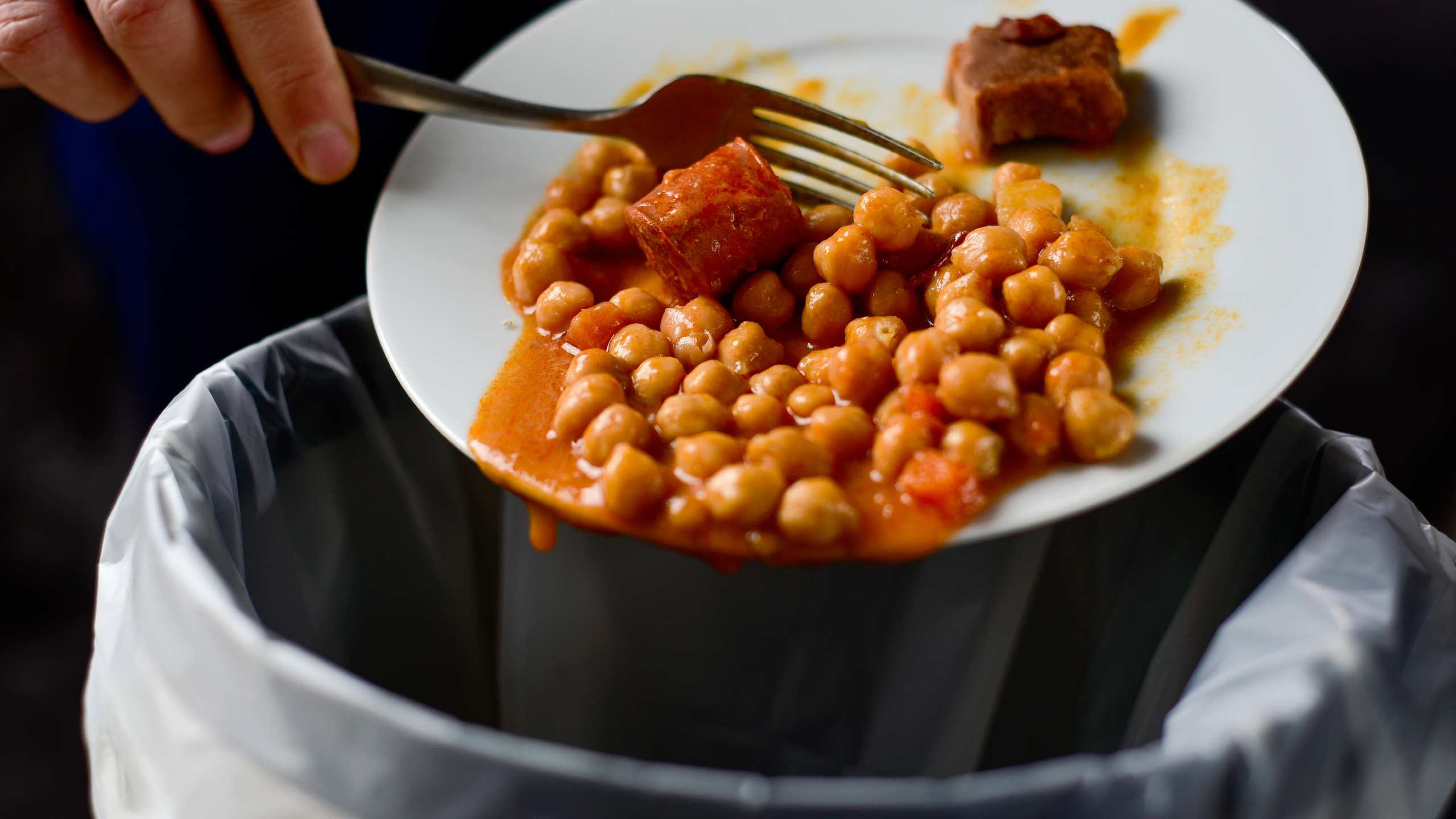Food loss or food waste? Spot the differences.
Picture a kilogram of rice, flour, or sugar. Now imagine 59 million tonnes – it’s 59,000,000,000 kg. Difficult task? That’s how much food is wasted every year in Europe. Worldwide, according to 2022 data, it’s more than one billion tonnes of wasted food.
The Food and Agriculture Organization of the United Nations (FAO) categorizes this waste in two ways:
-
Food losses
These happen during production, storage, processing and transportation. For example, when a harvest is damaged by the weather or when a glass jar of tomato pulp breaks during transportation.
-
Food waste
Occurs in the consumption phase, including in retail, in food services (like restaurants or cafeterias) and at home. For example, when a yogurt goes to waste because it has passed its shelf life.
Which European countries top the food waste ranking?
In the European Union (EU), it is estimated that 59 million tonnes of food are wasted every year. Around 54% is generated by families at home. This means that each European produces around 132 kg of food waste every year – 72 kg of this amount is wasted at home.
Do you need to digest this data? Find out in the infographic below which countries in Europe have the highest food waste.

Food waste per country (by households, in tonnes): Germany 6,288,851; Italy 5,904,668; France 3,944,000; Poland 2,528,473; Spain 1,434,726; Portugal 1,284,025; Greece 914,011; Netherlands 847,654; Belgium 750,886; Czechia 652,455. Source: Eurostat | 2022 data
The map illustrates the total amount of food wasted in each country of the European Union. If we look at food waste originating from households (households account for more than half of the total) and using waste per inhabitant, we realise that Portugal occupies the worst place, the first: in 2022, 123 kg of food was wasted per capita in Portugal. Second place is occupied by Italy (100 kg per capita) and Malta follows close behind (88 kg per capita). These figures help us reflect on what ends up in the rubbish bin at home – and what can be done to change this reality.
Worldwide, the three highest food waste countries in 2022, namely with the most food waste originating from households, were China (more than 108 million tonnes), India (more than 78 million tonnes) and the United States of America (more than 24 million tonnes). One of the main conclusions of the United Nations Food Waste Index Report is that food waste in developing countries is not exclusive – per capita food waste is similar when comparing high, upper-middle and lower-middle income countries.
What measures are in place to reduce food waste in Europe?
The positive impact of reducing food loss and food waste has several dimensions: First, it helps the economy by reducing costs related to food waste and allowing families to save on their purchases. Second, it promotes health and fights hunger worldwide by contributing to the availability of safe, quality food. Third, it reduces greenhouse gas emissions. As such, one of the United Nations’ Sustainable Development Goals is to halve per capita food waste by 2030.
Governments, educational institutions, companies and consumers all have a role to play in achieving this goal. There are several directives and measures in place in the European Union, aiming to reduce food waste, such as:
- Encouraging food donations;
- Clearer presentation of the different dates on products (manufacturing date, packaging date, expiry date…);
- The valorisation of food waste for animal feed;
- Monitoring and evaluating each country’s progress.
Food waste management at the Jerónimo Martins Group
- “Ugly” vegetables and fruit are used in products such as soups, salads and ready-to-eat meals, or in animal feed – between 2015 and 2023 more than 120,000 tonnes of this food have been used.
- Food is donated to charities – in 2023 alone, 19,000 tonnes of food products have been donated.
- The markdown project makes products that are nearing the end of their shelf life available at lower prices – between 2019 and 2023, 27,000 tonnes of food have been sold at a discount.




